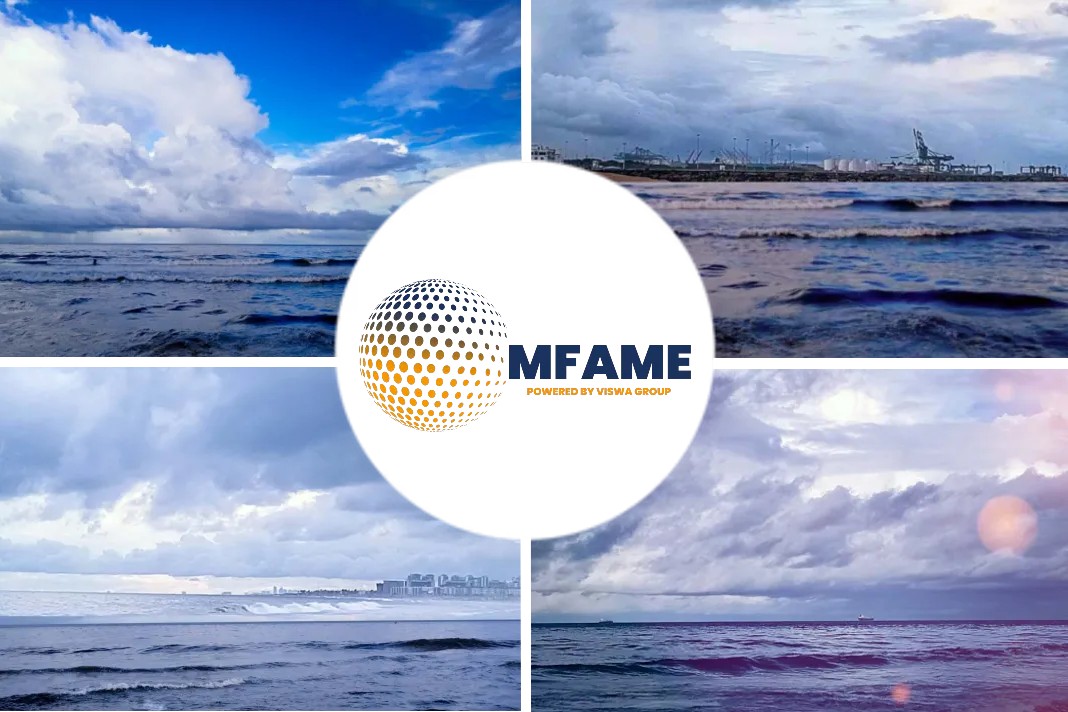
EU WASP project wraps up showing ‘significant positive impact on wind energy use by commercial ships’, states a Bunker Spot news source.
WASP Project has official concluded
The European Union (EU) Wind Assisted Ship Propulsion (WASP) Project has official concluded, with a score card that includes successful retrofits on five commercial vessels, three different technologies tested and third-party validations verifying fuel savings.
Funded by the Interreg North Sea Europe programme, part of the European Regional Development Fund (ERDF), the WASP project brought universities, technology providers and ship owners together to research, trial and validate the operational performance of a selection of wind propulsion solutions.
In a statement sent to Bunkerspot today (30 June) by the International Windship Association (IWSA) on behalf of WASP, the project organisers said that the five installations of wind propulsion technology will ‘continue to serve as examples of how wind propulsion systems can be deployed as retrofits on various different vessels’.
In responding to a request for further information from Bunkerspot, the IWSA reported that: ‘Three different technologies were installed on five different ships in five different ways, meeting the specific demand of the project shipowning partners who were van Dam, Boomsma, Tharsis, Rörd Braren Shipping Company and Scandlines.’
The five ships were
– Rederei Braren’s MS Annika Braren, using the bow-mounted Flettner rotor sail from ECO Flettner
– Van Dam Shipping’s ANKIE, with eConowind’s VentiFoil* bow mounted retractable suction wings
– Boomsma Shipping’s Frisian Sea, with eConowind’s Flatrack VentiFoil foldable and autonomous suction wings
– Scandlines’s Copenhagen, with Norsepower’s Flettner rotor sail
– Tharsis Shipping’s Tharsis, with eConowind’s TwinFoil (Multi element Wing) retractable wingsales.
Importantly, the project found that while the fuel savings from these systems are ‘variable’, they could deliver ‘up to 10% saving depending on the route and vessel operational profile’.
Marko Möller, Manager Special Projects at Scandlines, one of the ship owning companies involved in the WASP project, said: ‘We are proud to be part of this amazing project. By the WASP installations realised and evaluated during the project lifetime, wind technology proved to be an important element of the decarbonisation process of shipping. For Scandlines, the positive results were a decisive factor to install another rotor sail on the sister ferry of the Copenhagen.’
Johan Boomsma, Co-owner of Boomsma Shipping, another of the ship owning companies involved in the project, added: ‘We believe energy efficiency is key and are always open to new developments. That is why we are sailing with the eConowind VentiFoils on mv Frisian Sea. I think the three major factors – unit costs, fuel prices and European ETS legislation – are combining in such a way that wind-assisted propulsion will soon become one of the standard solutions.’
Developing standard procedures
The WASP project also played a significant role in developing standard procedures for sea trials for wind propulsion technology-equipped vessels, which will help to reduce the barriers for the uptake of wind propulsion solutions.
In addition to the vessel installations, the project has had a strong focus on the educational field. Twelve educational events were held at project partner universities along with others in Enkhuizen Maritime Academy, the Delft Technical University and the World Maritime University.
The WASP Project website (https://northsearegion.eu/wasp) will remain active and project partners will continue to build on the foundations laid by the project.
*The VentiFoil system has since been upgraded and rebranded as VentoFoil.
Did you subscribe to our Newsletter?
It’s Free! Click here to Subscribe!
Source: Bunker Spot






















